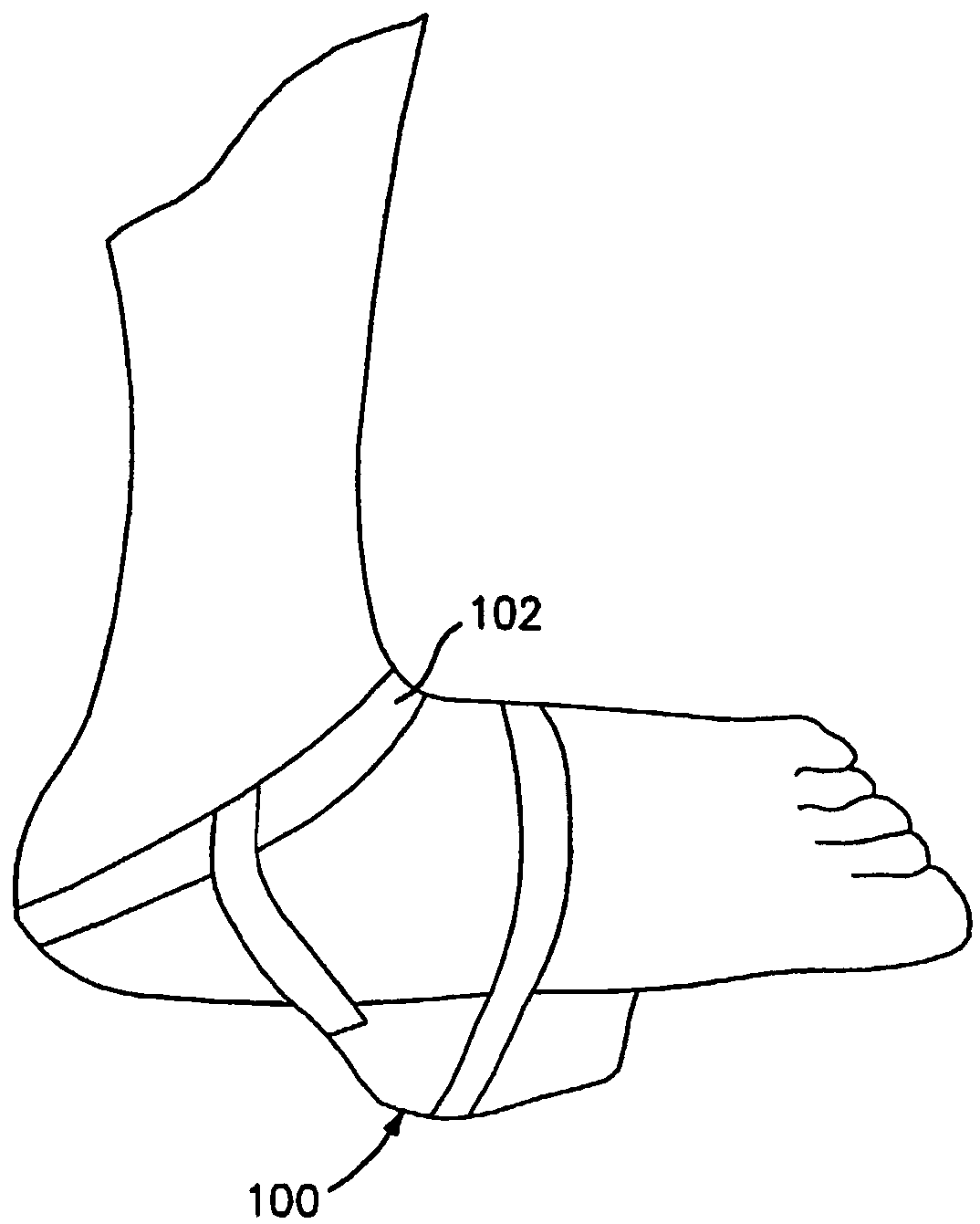Non-invasive method and apparatus for treating orthostatic hypotension
a non-invasive, orthostatic technology, applied in the field of medical treatment procedures and equipment, can solve the problems of high rate of bone loss and muscle degeneration, significant decrease in physical and mental fatigue, and inability to adapt well, so as to reduce the effects of pain, increase blood and fluid flow, and increase the effect of blood and fluid flow
- Summary
- Abstract
- Description
- Claims
- Application Information
AI Technical Summary
Benefits of technology
Problems solved by technology
Method used
Image
Examples
Embodiment Construction
[0025]The present disclosure describes a non-invasive method and apparatus for treating orthostatic hypotension. Once an individual is determined to be experiencing orthostatic hypotension or that the individual is prone to orthostatic hypotension, the individual can be treated by the method and apparatus of the present disclosure. However, it is understood that the individual can be treated by the method and apparatus of the present disclosure even if there has been no determination made that the individual is experiencing orthostatic hypotension or is prone to orthostatic hypotension.
[0026]Before describing the method and apparatus of the present disclosure, a description is provided in how to determine whether an individual is experiencing or likely to experience orthostatic hypotension. Two case studies are presented below which illustrate the influence of vibrating the lower extremities on blood flow during orthostatic stress, i.e., quiet standing, for a young healthy female (a...
PUM
 Login to View More
Login to View More Abstract
Description
Claims
Application Information
 Login to View More
Login to View More - R&D
- Intellectual Property
- Life Sciences
- Materials
- Tech Scout
- Unparalleled Data Quality
- Higher Quality Content
- 60% Fewer Hallucinations
Browse by: Latest US Patents, China's latest patents, Technical Efficacy Thesaurus, Application Domain, Technology Topic, Popular Technical Reports.
© 2025 PatSnap. All rights reserved.Legal|Privacy policy|Modern Slavery Act Transparency Statement|Sitemap|About US| Contact US: help@patsnap.com



